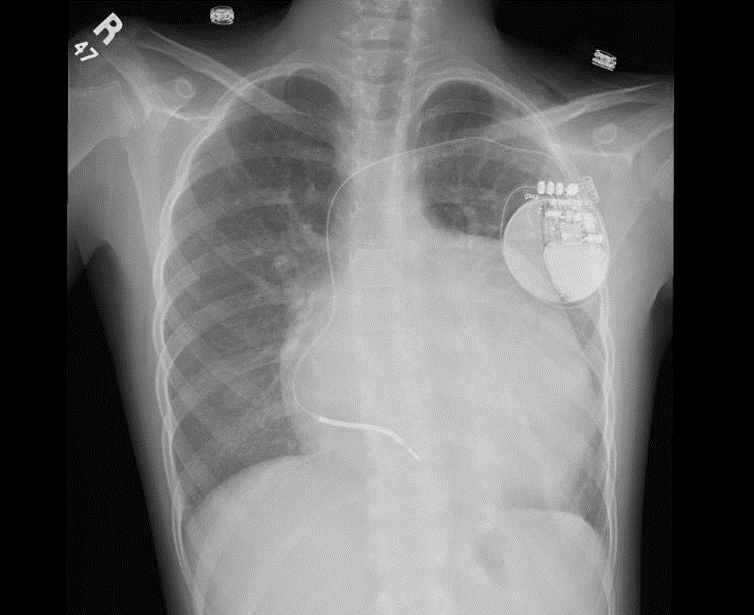The population of children and young adults requiring a cardiac pacing device has been consistently increasing. The knowledge of indications, pacing leads and devices, anatomical variations and the technical skills required are different than that required in the adult population
Who should consider an ICD ?
The main indications for use of an ICD can be divided into 2 groups:
- Secondary prevention of sudden cardiac death (SCD) in patients with prior sustained VT, VF or resuscitated SCD thought to be due to VT/ VF
- Primary prevention of SCD in patients at increased risk of life-threating VT/ VF
The reasons for using ICD have expanded in adults and children population, including in chronic heart failure.
Who should consider an ICD ?
Sudden cardiac death (SCD) in childhood and adolescence is associated with congenital heart disease, cardiomyopathies, and genetic arrhythmia syndromes
ICDs are recommended for patients who have survived an episode of cardiac arrest, patients with poor cardiac function with evidence of moderate to severe heart failure, patients with inducible ventricular dysrhythmia in a setting of symptomatic CHD and in patients with genetic cardiomyopathy.
ICDs may also be considered as a bridge to orthotopic heart transplantation in pediatric patients, particularly given the longer times to donor procurement in younger patients.
There is paucity of clinical experience and data regarding ICD implantation for primary prevention of SCD in young patients and therefore recommendations are based on extrapolation of data from adult studies. In adults indication of ICD Class I is in case of LVEF< 35% and NYHA 2 or 3, in children we have to balance de risk of the procedure and benefits, and currently as second prevention is just worlwide accepted. Miniturization of ICD devices and ICD subcutaneous will change surely the indications in next years.

References:
1.Al-Khatib SM, Stevenson WG, Ackerman MJ, et al. 2017 AHA/ACC/HRS Guideline for Management of Patients With Ventricular Arrhythmias and the Prevention of Sudden Cardiac Death: A Report of the American College of Cardiology/American Heart Association Task Force on Clinical Practice Guidelines and the Heart Rhythm Society. J Am Coll Cardiol 2018; 72:e91.
2.Ganz L et al. Implantable cardioverter-defibrillator: Overview of indications, components and functions, 2018. En: Lee S, ed Waltham Mass. Up to Date.
3.Asakai H, Shimizu A, Mitsuhashi T, Ueyama T, Yokoshiki H, Nishii N et al. Current Trends in Implantable Cardioverter-Defibrillator Therapy in Children: Results From the JCDTR Database. Circ J. 2018 Oct 20. doi: 10.1253/circj.CJ-18-0712.
4.Russo AM, Stainback RF, Bailey SR, et al. ACCF/HRS/AHA/ASE/HFSA/SCAI/SCCT/SCMR 2013 appropriate use criteria for implantable cardioverter-defibrillators and cardiac resynchronization therapy: a report of the American College of Cardiology Foundation appropriate use criteria task force, Heart Rhythm Society, American Heart Association, American Society of Echocardiography, Heart Failure Society of America, Society for Cardiovascular Angiography and Interventions, Society of Cardiovascular Computed Tomography, and Society for Cardiovascular Magnetic Resonance. J Am Coll Cardiol 2013; 61:1318.
5.Singh HR1, Batra AS, Balaji S. Cardiac pacing and defibrillation in children and young adults. Indian Pacing Electrophysiol J. 2013;13:4-13.